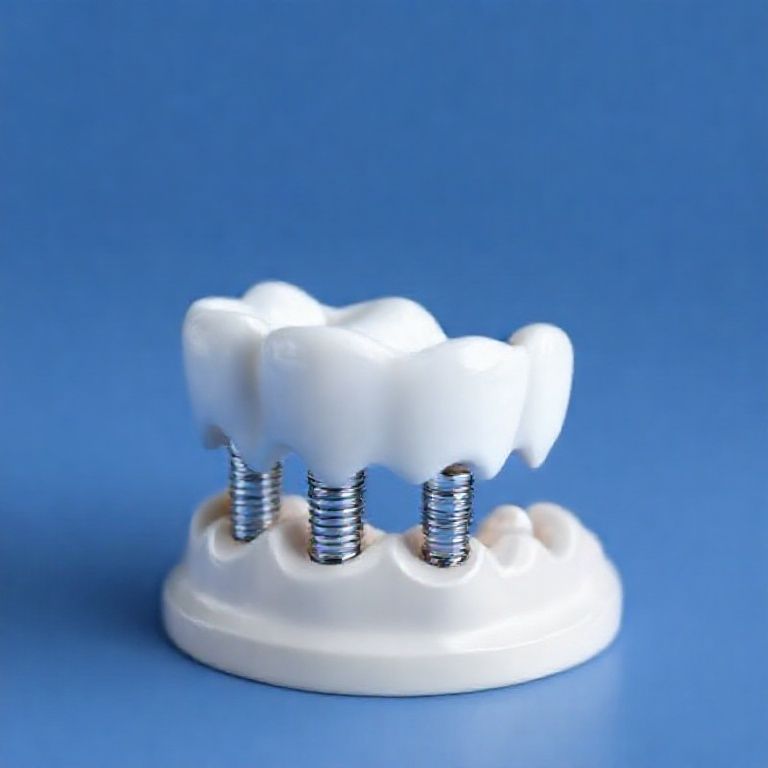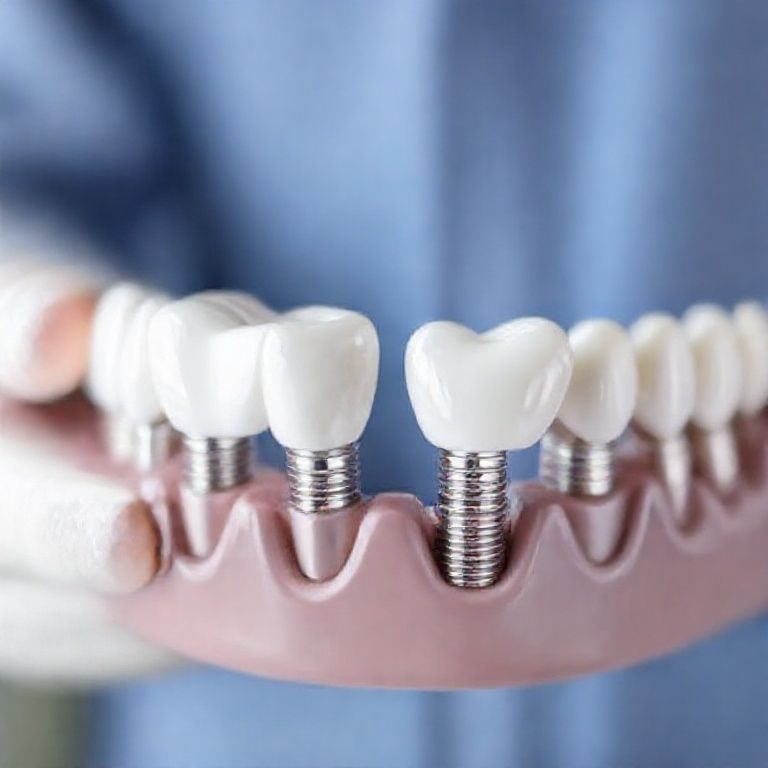Dental Implant Cost After Insurance
Dental implants have revolutionized tooth replacement, offering a permanent solution that looks, feels, and functions like natural teeth. However, one major concern for patients is the cost of dental implants after insurance. While implants are more expensive upfront than dentures or bridges, their long-term benefits often justify the investment.
This guide will break down dental implant costs after insurance, factors influencing pricing, ways to save money, and alternative financing options. By the end, you’ll have a clear understanding of what to expect financially and how to make implants more affordable.

2. Understanding Dental Implants
What Are Dental Implants?
Dental implants are titanium or zirconia posts surgically placed into the jawbone, acting as artificial tooth roots. A crown is then attached, completing the restoration.
Types of Dental Implants
- Endosteal Implants (most common, placed in the jawbone)
- Subperiosteal Implants (placed under the gum but above the jawbone)
- Mini Implants (narrower, used for stabilizing dentures)
Benefits Over Dentures & Bridges
- Prevents bone loss
- No slipping or discomfort
- No need to alter adjacent teeth (unlike bridges)
- Lasts 20+ years with proper care
3. Factors Affecting Dental Implant Costs
| Factor | Impact on Cost |
|---|---|
| Material Used | Zirconia implants cost 10-20% more than titanium |
| Number of Implants | Full-mouth implants (20,000−20,000−50,000) vs. single tooth (1,500−1,500−3,000) |
| Bone Grafting Needed | Adds 500−500−3,000 per graft |
| Geographic Location | Urban areas (higher costs) vs. rural clinics |
| Dentist’s Expertise | Specialists (periodontists/oral surgeons) charge more |
4. How Dental Insurance Covers Implants
Most insurance plans classify implants as a cosmetic or elective procedure, meaning coverage is limited. However, some policies may cover:
- The crown (50-80%)
- Extractions or bone grafts (if medically necessary)
- A portion of the implant post (rare)
Key Limitations:
- Annual maximums (1,000−1,000−1,500) may not cover full costs
- Waiting periods for major procedures
- Exclusions for pre-existing conditions
5. Average Cost of Dental Implants After Insurance
Single Tooth Implant
- Total Cost: 3,000−3,000−6,000
- After Insurance (50% coverage): 1,500−1,500−3,000
Full Mouth Implants
- All-on-4 Implants: 15,000−15,000−30,000 per arch
- After Insurance (partial coverage): 7,500−7,500−20,000
6. Ways to Reduce Dental Implant Costs
- Dental Discount Plans (Save 10-60%)
- Flexible Spending Accounts (FSAs)
- CareCredit Financing (0% interest plans)
- Dental Schools (30-50% lower costs)
7. Dental Implant Costs: USA vs. Abroad
| Country | Single Implant Cost | Full Mouth Cost |
|---|---|---|
| USA | 3,000−3,000−6,000 | 20,000−20,000−50,000 |
| Mexico | 800−800−2,000 | 7,000−7,000−15,000 |
| Thailand | 1,000−1,000−2,500 | 8,000−8,000−20,000 |
Pros of Dental Tourism:
- Significant cost savings
- High-quality clinics available
Cons:
- Travel expenses
- Limited legal recourse for complications
8. Long-Term Value of Dental Implants
While initial costs are high, implants:
- Last 20+ years (vs. 5-10 years for bridges)
- Prevent bone deterioration (saving future dental costs)
- Require no adhesives or special cleaning
9. FAQs About Dental Implant Costs After Insurance
Q: Will Medicare cover dental implants?
A: No, Medicare does not cover most dental procedures, including implants.
Q: Can I use HSA/FSA for implants?
A: Yes, if deemed medically necessary.
Q: How much does insurance typically cover?
A: Most cover 50% of the crown, but rarely the implant post.
10. Conclusion
Dental implants are a long-term investment in oral health, with costs varying based on materials, location, and insurance coverage. While insurance may reduce expenses, exploring financing options, discount plans, or dental tourism can make implants more affordable.
11. Additional Resources
- American Dental Association (ADA)
- National Institute of Dental and Craniofacial Research
- CareCredit Financing


